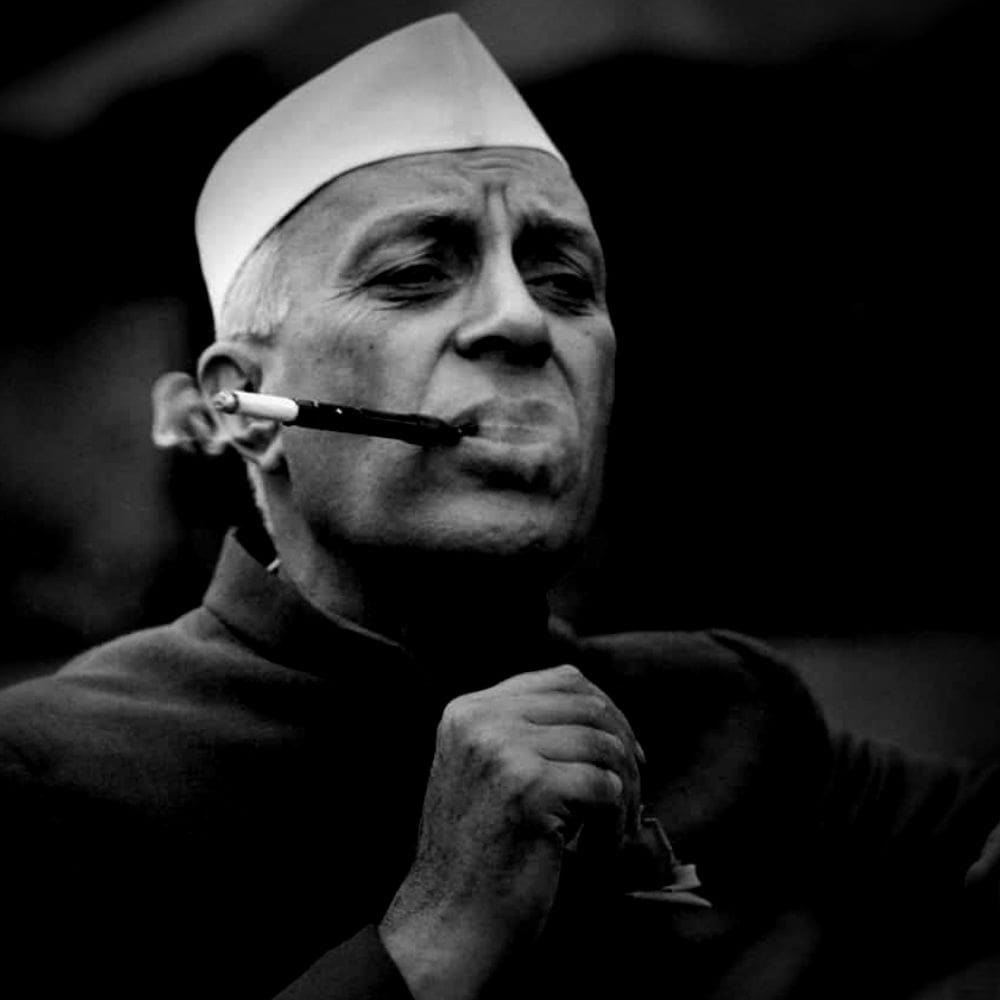NEHRU GIFTED KABO VALLEY
The Kabo or Kabaw Valley is a 11,000+ sq km highland valley on the Indian-Burmese border that is sandwiched between Manipur and north Myanmar (Burma), and is peopled by ethnic minorities like Kadu, Kanan, Meitei, Mizo, Zo, etc. It is very fertile, and is well-known for its wood products, like teak.
There had been a number of wars between the Manipuris and the Burmese, and later among the Manipuris, the Burmese and the British. That Kabo Valley belonged to Manipur was confirmed through ‘The Treaty of Yundabun’ signed on 26 February 1825. Further, as per the treaty of 25 January 1834 signed at Langthabal between the British and Burmese Commissioners, the British Government was required to pay a monthly amount of 500 sicca rupees to the King of Manipur for leasing out Kabo Valley to the Burmese—the said monthly payment was being paid till 1949. The treaty also stipulated that the said monthly payment would cease as and when the Kabo Valley is reverted to Manipur.
Manipur gained independence from the British rule of 57 years (1891- 1947) in 1947, and two years later in 1949 it merged in the Indian union during the reign of (last) King Bodhachandra.
Nehru generously gifted (as if it was his personal property) the Kabo valley to Myanmar (Burma) as a token of peace, without taking the consent of the Parliament.
The preliminary friendly negotiations for the valley began in 1953 when the premiers of the two countries, Jawaharlal Nehru and U Nu visited Manipur and Nagaland, and finally was ratified by the Boundary Agreement between the Government of the Republic of India and the Government of the Union of Burma, signed at Rangoon on March 10, 1967, when Indira Gandhi was the PM.


